Table of Contents
- Introduction to Ancho Powder and Its Role in Cooking
- Why You Might Need an Ancho Powder Substitute
- Top 5 Best Ancho Powder Substitutes
- Substitution Guide: Exact Ratios for Different Dishes
- Cooking Tips for Using Ancho Powder Substitutes
- Frequently Asked Questions About Ancho Powder Substitutes
- Conclusion: Spice It Up with Confidence
Introduction to Ancho Powder and Its Role in Cooking
Ancho powder is a staple in many kitchens, especially for those who love Mexican cuisine. Made from dried, ripe poblano peppers, it brings a rich, smoky, and slightly sweet flavor to dishes like enchiladas, stews, and sauces. With a Scoville rating of 1,000-2,000, it offers mild heat with complex notes of dried fruit, tobacco, coffee, and subtle sweetness. But what happens when you run out of ancho powder or can't find it at your local store? That's where knowing the best substitutes comes in handy.
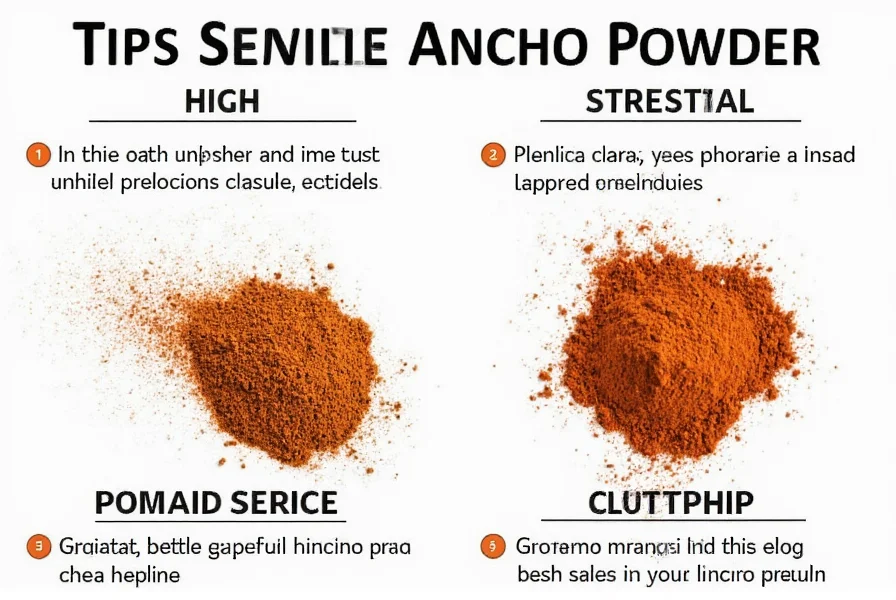
Whether you're a seasoned chef or just starting out, having a few go-to alternatives can save your meal from disaster. In this guide, we'll explore the top ancho powder substitutes, how they compare, and why they work so well, with specific usage ratios for different dishes.
Why You Might Need an Ancho Powder Substitute
There are several reasons why you might need an ancho powder substitute:
- You're out of ancho powder and want to keep cooking without delay.
- You have dietary restrictions or allergies that prevent you from using ancho powder.
- You're experimenting with new flavors and want to try something different.
- You live in an area where ancho powder isn't readily available.
- You want to adjust the heat level of your dish without changing the overall flavor profile.
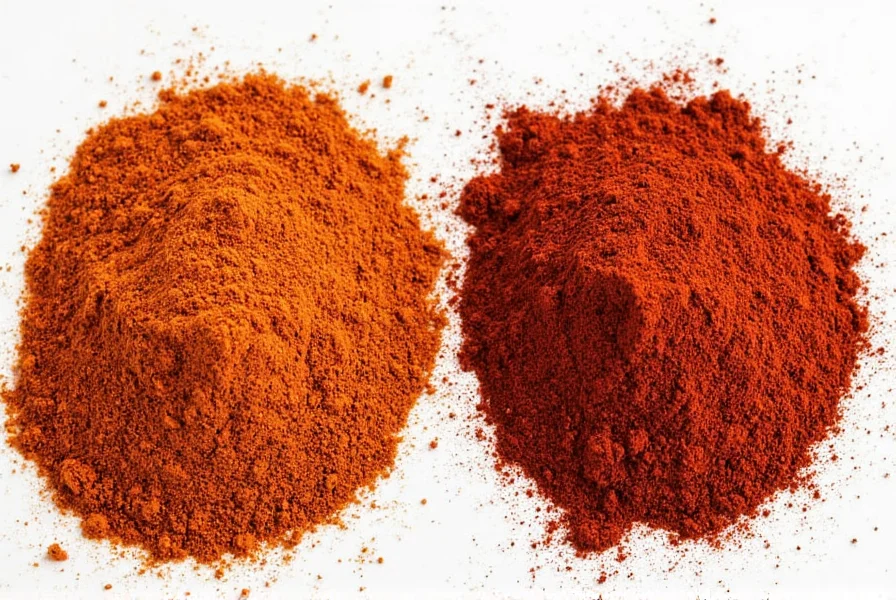
No matter the reason, there are plenty of options to choose from. Let's take a look at the best substitutes and how they stack up against ancho powder.
Top 5 Best Ancho Powder Substitutes
Here are five of the most popular and effective substitutes for ancho powder, along with their pros and cons:
| Substitute | Flavor Profile | Scoville Rating | Best For | Pros | Cons |
|---|---|---|---|---|---|
| Dried Chipotle Powder | Smoky, spicy, slightly sweet | 2,500-8,000 | Soups, stews, chili, barbecue sauces | Strong smoky flavor, adds depth | Can be too hot for some palates |
| Smoked Paprika | Earthy, sweet, smoky | 0-1,000 | Stews, grilled meats, sauces, rubs | Easy to find, versatile, adds color | Lacks the fruit notes of ancho |
| Sweet Paprika | Earthy, sweet, mild | 0-500 | Color enhancement, mild dishes | Readily available, adds vibrant color | No smokiness, less complex flavor |
| Cayenne Pepper | Hot, sharp, slightly fruity | 30,000-50,000 | Spicy dishes, salsas, rubs | Great for adding heat | Too spicy for mild recipes, lacks smokiness |
| Homemade Ancho Blend | Smoky, sweet, complex | 1,000-2,000 | Most dishes calling for ancho powder | Customizable, authentic flavor profile | Requires mixing multiple spices |
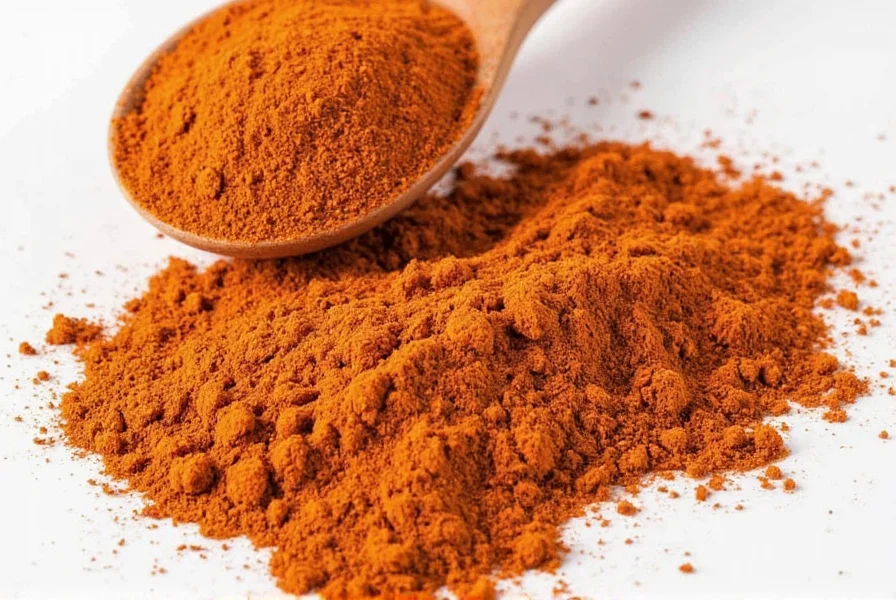
Each of these substitutes has its own unique characteristics, so the best choice depends on what you're trying to achieve in your dish.
Substitution Guide: Exact Ratios for Different Dishes
Here's a detailed substitution guide for specific recipes:
| Dish | Ancho Powder Amount | Chipotle Powder Substitute | Smoked Paprika Substitute | Homemade Blend Substitute |
|---|---|---|---|---|
| Enchilada Sauce | 1 tsp | 1/2 tsp | 1 tsp + 1/4 tsp cumin | 1 tsp (2 parts smoked paprika, 1 part sweet paprika, 1/4 tsp cumin) |
| Chili | 1 tbsp | 1/2 tbsp | 1 tbsp + 1/2 tsp cocoa powder | 1 tbsp (2 parts smoked paprika, 1 part sweet paprika, 1/4 tsp cumin) |
| Mole Sauce | 2 tsp | 1 tsp | 2 tsp + 1/4 tsp cinnamon | 2 tsp (2 parts smoked paprika, 1 part sweet paprika, 1/4 tsp cumin, pinch of cinnamon) |
| Carne Asada Rub | 1 tsp | 1/2 tsp | 1 tsp + 1/4 tsp garlic powder | 1 tsp (2 parts smoked paprika, 1 part sweet paprika, 1/4 tsp cumin) |
| Bean Dip | 1/2 tsp | 1/4 tsp | 1/2 tsp | 1/2 tsp (2 parts smoked paprika, 1 part sweet paprika, pinch of cumin) |
Cooking Tips for Using Ancho Powder Substitutes
Using an ancho powder substitute doesn't mean you have to compromise on flavor. Here are some tips to help you get the best results:
- Start with a small amount: Since some substitutes can be stronger than ancho powder, begin with a little and adjust as needed. For chipotle powder, use only 50-70% of the amount called for in the recipe.
- Adjust for heat: If using a spicy substitute like cayenne, balance it with a touch of sweetness or acidity. For example, add a pinch of sugar or a splash of vinegar to counteract excessive heat.
- Combine with other spices: Pair your substitute with complementary flavors like garlic, onion, or citrus to enhance the overall taste. Smoked paprika benefits from a touch of cumin and a pinch of cinnamon to replicate ancho's complexity.
- Toast before use: Toasting spices like chipotle or paprika can bring out their natural oils and deepen the flavor. Heat them in a dry skillet for 30-60 seconds until fragrant.
- Experiment: Don't be afraid to mix and match substitutes to create a unique flavor profile that suits your taste. For mole sauce, try combining smoked paprika with a small amount of cocoa powder for authentic depth.
- When to avoid substitution: For traditional Mexican dishes where ancho powder is essential to the flavor profile (like authentic mole poblano), it's better to purchase ancho powder than to substitute. Ancho powder has a unique flavor that's difficult to replicate exactly.
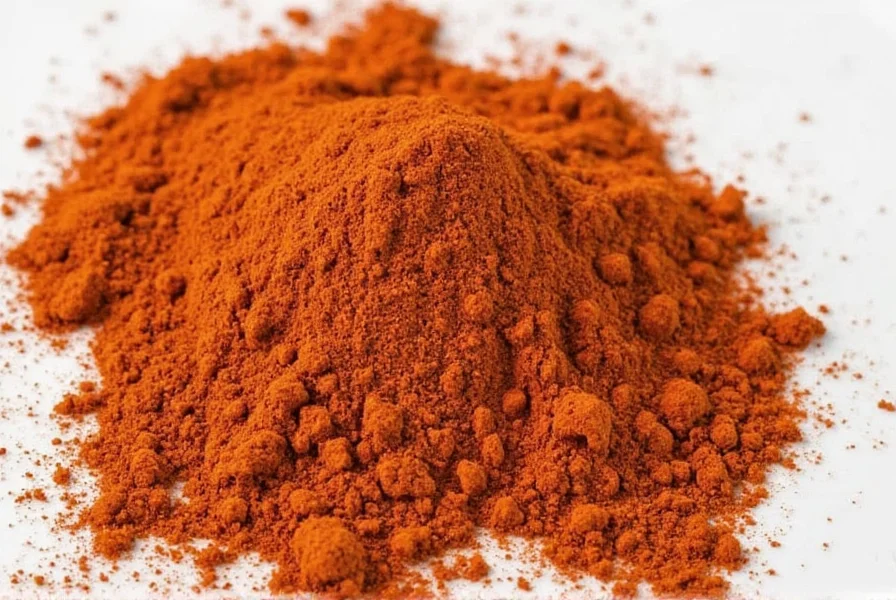
These tips will help you make the most of your ancho powder substitute and elevate your dishes to the next level.
Frequently Asked Questions About Ancho Powder Substitutes
What is the closest substitute for ancho powder?
Dried chipotle powder is generally considered the closest substitute for ancho powder, as both come from dried peppers and offer a smoky flavor profile. However, chipotle is significantly hotter than ancho (2,500-8,000 Scoville units vs. 1,000-2,000 for ancho), so you'll need to use less. For authentic Mexican dishes, smoked paprika with added cumin and a touch of cinnamon creates a more accurate flavor profile than chipotle.
Can I substitute paprika for ancho powder?
Yes, you can substitute paprika for ancho powder, particularly smoked paprika which provides a similar smoky flavor. Sweet paprika works for dishes where you want the color and mild flavor but don't need the smokiness. For best results, use a 1:1 ratio for smoked paprika but add 1/4 tsp cumin per tsp of paprika to replicate ancho's complexity. For authentic mole sauce, add a pinch of cinnamon to the smoked paprika and cumin mixture.
How do I make my own ancho powder substitute?
You can create a simple ancho powder substitute by mixing 2 parts smoked paprika, 1 part sweet paprika, and 1/4 part cumin. For more complexity, add a pinch of garlic powder, onion powder, and a tiny bit of cinnamon. Toast the spices lightly before mixing to enhance their flavors. This blend works well in most recipes calling for ancho powder, but for mole sauce, add a small amount of cocoa powder for authentic depth.
What's the difference between ancho powder and chipotle powder?
Ancho powder is made from dried poblano peppers and has a mild, sweet, smoky flavor with subtle fruit notes (1,000-2,000 Scoville units). Chipotle powder is made from smoked, dried jalapeños and is significantly hotter (2,500-8,000 Scoville units) with a more intense smokiness. While both offer smoky notes, chipotle brings more heat, so use about half as much chipotle powder when substituting for ancho. For dishes where heat is a concern, smoked paprika is a better substitute than chipotle.
Can I use regular chili powder instead of ancho powder?
Yes, but with caveats. Regular chili powder is a blend of spices including cumin, garlic powder, and oregano, plus varying types of chilies. It won't have the same flavor profile as pure ancho powder. Use about 3/4 the amount of chili powder compared to what the recipe calls for in ancho powder, and be prepared for a different but still tasty result. For best results, mix 1 part chili powder with 1/2 part smoked paprika to add missing smokiness.
How much substitute should I use for ancho powder?
Generally, use a 1:1 ratio for smoked paprika or homemade mole paste. For chipotle powder, use 1/2 to 2/3 the amount due to its heat. For cayenne, use only 1/4 to 1/3 the amount. When in doubt, start with less, taste as you go, and adjust accordingly. Remember that different substitutes bring different flavor dimensions beyond just heat. For example, in enchilada sauce, 1 tsp ancho powder = 1 tsp smoked paprika + 1/4 tsp cumin.
Is ancho powder the same as poblano powder?
Yes, ancho powder is made from dried poblano peppers, so they are essentially the same thing. The term "ancho" refers specifically to the dried form of the poblano pepper. When fresh poblanos are dried, they become anchos, so ancho powder is simply ground dried poblanos. If you see "poblano powder" on a label, it's the same as ancho powder.
What does ancho powder taste like?
Ancho powder has a rich, complex flavor profile that's mildly spicy (about 1,000-2,000 SHU), with notes of dried fruit, tobacco, coffee, and subtle sweetness. It offers a deep, earthy smokiness without overwhelming heat, making it versatile for both savory dishes and even some desserts. Its flavor is often described as "raisin-like" with a hint of cocoa. This unique combination of flavors makes it irreplaceable in traditional Mexican mole sauces.
When should I avoid substituting ancho powder?
For traditional Mexican dishes where ancho powder is essential to the flavor profile (like authentic mole poblano), it's better to purchase ancho powder than to substitute. Ancho powder has a unique flavor that's difficult to replicate exactly. If you're making a dish where the specific flavor of ancho is critical to the recipe's authenticity, it's best to find ancho powder rather than substitute. For everyday cooking, however, the substitutes work well.
Conclusion: Spice It Up with Confidence
While ancho powder is a beloved ingredient in many cuisines, it's not always easy to find or use. Fortunately, there are several excellent substitutes that can step in and deliver similar flavor profiles. Whether you're using dried chipotle, smoked paprika, or a homemade mole paste, each option has its own strengths and can bring something special to your dish.
Knowing which substitute works best for your recipe and taste preferences can make all the difference. And remember, the key to great cooking is experimentation—don't be afraid to try new things and discover your favorite spice swaps.
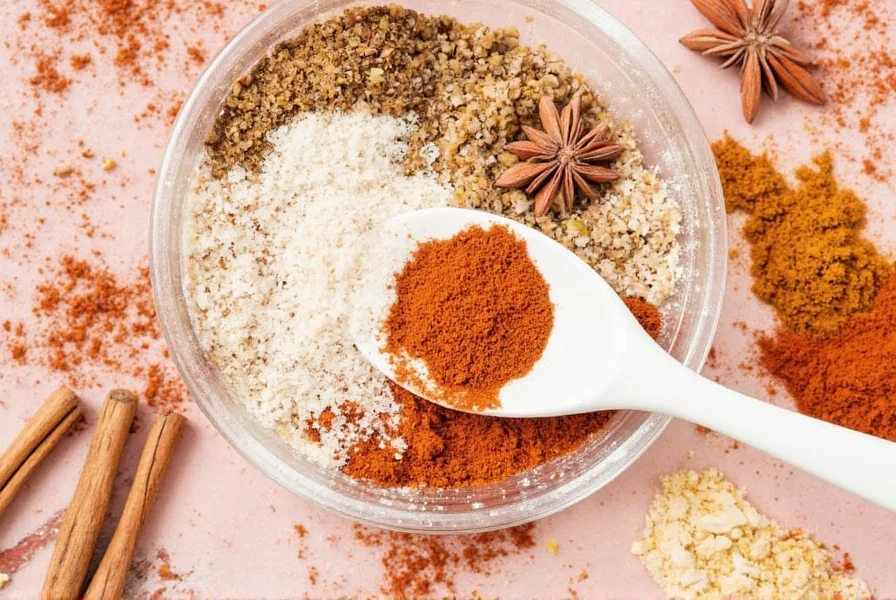
So the next time you're in the kitchen, reach for your favorite substitute and let your creativity shine. After all, the world of spices is vast, and every substitution is an opportunity to learn and grow as a cook.

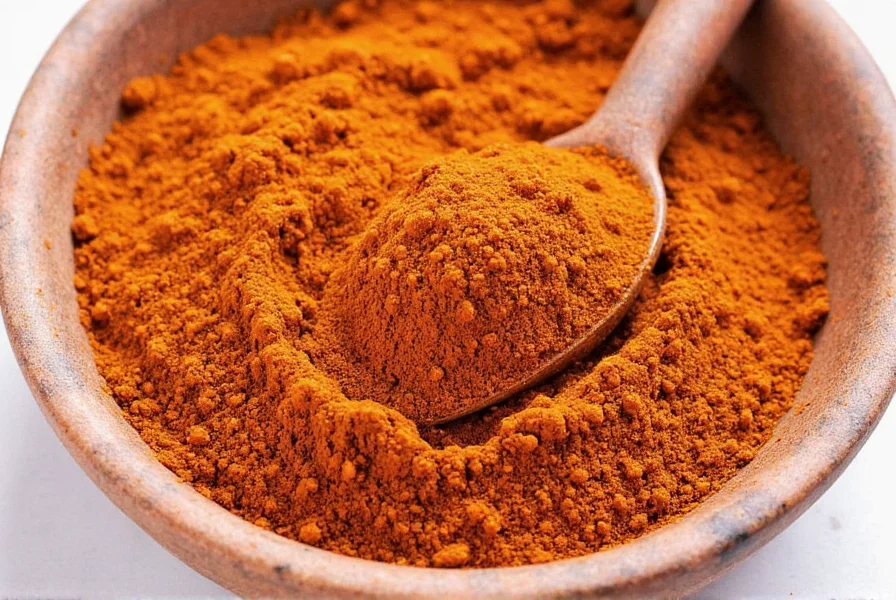









 浙公网安备
33010002000092号
浙公网安备
33010002000092号 浙B2-20120091-4
浙B2-20120091-4